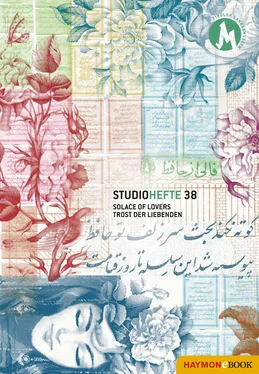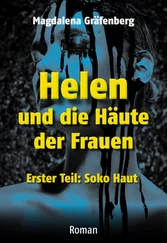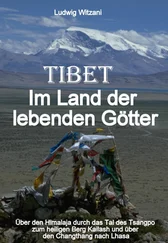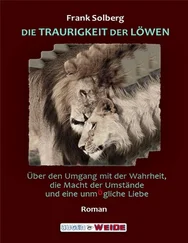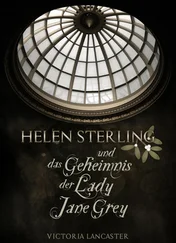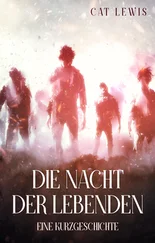I learned the obstacle had always been within me.
When I moved beyond the self,
The path turned even and free.”
Mahasti Ganjavi
1 Polak, Jakob Eduard: Persien. Das Land und seine Bewohner. Ethnographische Schilderungen, Leipzig 1865.
2 Moser-Charlottenfel, Georg Heinrich: À travers l’Asie Centrale: la steppe kirghize, le Turkestan russe, Boukhara, Khiva, le pays des Turcomans et la Perse, impressions de voyage, Paris 1885.
COMMENTARY TO POLAK’S “THE AUSTRIAN TEACHERS IN PERSIA”
Yashar Samimi Mofakham
Jakob Eduard Polak’s essays and lectures are without question among the most important material of the past century describing Iran from a Western point of view.
Polak’s arrival in Iran was concurrent with the dismissal and assassination of Naser al-Din Shah’s reformist prime minister, Amir Kabir, one of the most powerful Iranian politicians of the previous century. As he mentions in his texts, Polak reached Tehran a few days after this incident and encountered a city engulfed in sorrow and fear. The King and his court, who feared Amir Kabir’s unlimited power, first deposed him from his position and later killed him, replacing him with Mirza Aqa Khan Nuri, who was the opposite of Amir Kabir in terms of his policies, ideas and actions. The King, himself a reformer, had previously supported Amir Kabir’s policies and given him total control, but now he had selected a conservative prime minister whose only condition for joining the King in governance was that his life be spared. Iran was on the path to modernism, but during the incumbency of Mirza Aqa Khan Nouri, it turned into a weak, incapacitated country that could not maintain its frontiers and lost some regions to neighbouring countries, resulting in the formation of its current borders. Evidence of such shortcomings in leading and governing the country are very prominent in the text.
Polak’s profession gave him the opportunity to travel to different parts of the country and meet different segments of society during his stay in Iran. At the same time, because of his position in the King’s court, he became one of the King’s closest companions and was naturally regarded as a member of the ruling elite by many people, including the intellectuals who chose to remain silent after Amir Kabir’s assassination. It is therefore safe to assume that any information he obtained from different sources was probably edited selectively.
On the other hand, Polak and his team had come to Iran at Amir Kabir’s invitation for a particular reason: to help modernise Iran according to European frameworks. And although Iran needed these modern frameworks in order to interact with the modern world, it was a grave mistake to ignore the ancient systems it had developed throughout history, which were still functional.
The Qajar dynasty destroyed many things left behind by previous kings and built them anew, just so it could prove that it was the only dynasty that could save Iran and transport it into the modern future – something that has unfortunately happened over and over again throughout Iran’s history. Accordingly, the information provided to Polak and his team was organised and based on this agenda. Polak’s travelogues include many examples where the information given to him about the postal system, the state of the roads, medicine, army, education, etc. was either historically inaccurate or it was collected by the European team from an orientalist perspective.
Polak’s texts convey his deep love for the country in which he spent one decade of his life, but at the same time they also include certain historical inaccuracies. The beliefs, rituals and cultures of a people within a multi-ethnic country can seem strange even to its natives, let alone visitors from abroad. And while the description of these rites and rituals can bring cultures closer together, a description that carries the weight of judgment seems unjust.
Despite everything, the study of material such as this is important because it helps us understand things from an outsider’s perspective, including information and details that seem so obvious they have never been recorded and are only noticed and documented by an outsider. These documents also show us where we have failed to create a cultural dialogue and where we have had shortcomings in representing ourselves to the “other”, resulting in decade-long or even century-long misunderstandings throughout history.
THE AUSTRIAN TEACHERS IN PERSIA 1
Jakob Eduard Polak
In the last few decades, several Austrians have lived in Persia, partly as researchers and partly as teachers. Some of them returned to their homeland years ago; some are now covered by the cool earth there, while others are still working in their profession. The question has often been asked how the teachers’ mission came about, what it achieved, whether it left behind any civilising traces and whether it was of benefit to their motherland by initiating friendly relations and providing knowledge of Persia’s resources. Since I was one of the members of the mission, I would like to paint a picture of our lives, our activities, our aspirations and achievements, our hopes and also some of the disappointments we experienced so far from home. I wish to render account, as it were, in the conviction that every country that bears the considerable costs of their education and training also has the right to require duties of its sons in foreign lands. In the course of my narrative, I will introduce people who had a significant influence on our fate and who may well be remembered by many people either from the World’s Fair or as a result of their earlier visits to Vienna.
In order to assess the achievements made, I am compelled to provide some retrospective data as a basis for comparison with what already existed. When I speak of cultural activities, one should certainly not expect such conditions to prevail as are described by knowledgeable travellers and ethnographers in the case of native peoples in Central Africa, for example, for the Persians, as an Iranian race, are highly gifted and extremely capable in all abstract and practical disciplines. A very experienced diplomat recently said to me: the Persians have a talent for everything – even honesty.
In ancient times, the country produced one of the greatest legislators, Zardusht (Zoroaster), whose statutes alone made it possible to develop a flourishing agriculture and feed a dense population in a land with so little rainfall. During the great epoch of the caliphs, Persia produced statesmen, engineers, architects and artists; indeed, it is becoming increasingly clear that the so-called Moorish style of architecture and the Moorish irrigation systems, the remains of which we can still admire in Spain, originated from Persian engineers.
A nation that created such a beautiful, richly developed, clear and melodious language and so completely absorbed the foreign Arabic elements, that produced such illustrious poets as the epic poet Ferdowsi, the lyricist Hafez, the didactic poet Saadi and others, a nation whose astronomers precisely measured the solar year in the 11 thcentury, calculated the famous astronomical tables and built observatories in Maragheh and Baleh, a nation that maintained its own production of carpets, shawls, brocades, embroidery, weaving, horticulture and the like must have had an outstanding culture.
Nor was there any lack of geographers, historians, philosophers, lawyers and doctors; I recall, among others, Avicenna, who was something of a Humboldt, as he combined and also enriched all the knowledge of his time. Although his works are written in Arabic and he was born in Bukhara, he was Persian by birth and education. In 1853 I visited his tomb in Hamadan, where I found the simple inscription: “The scholar of scholars, the excellent of the excellent Ibn Ali Sina (Avicenna)”.
Читать дальше
